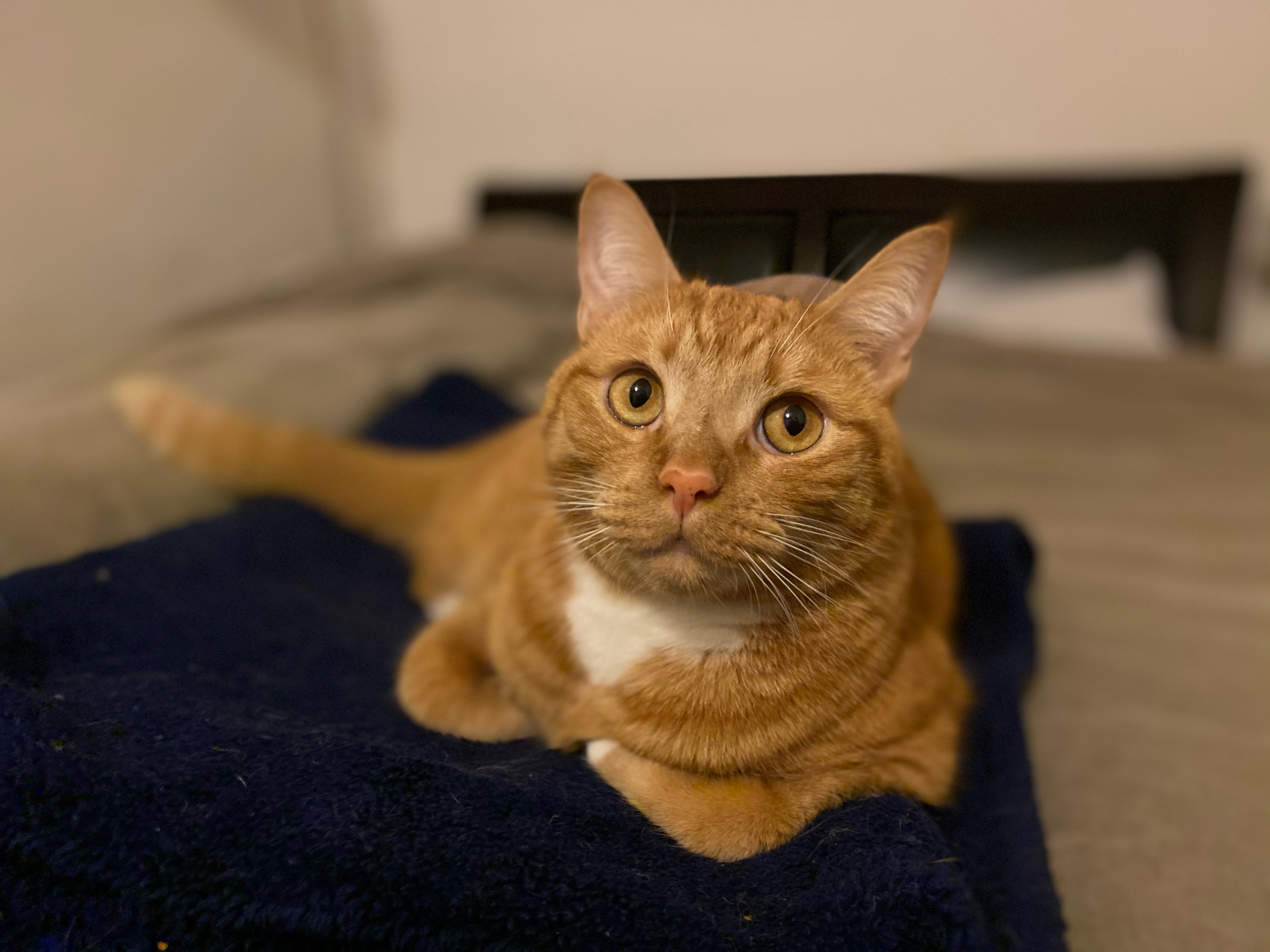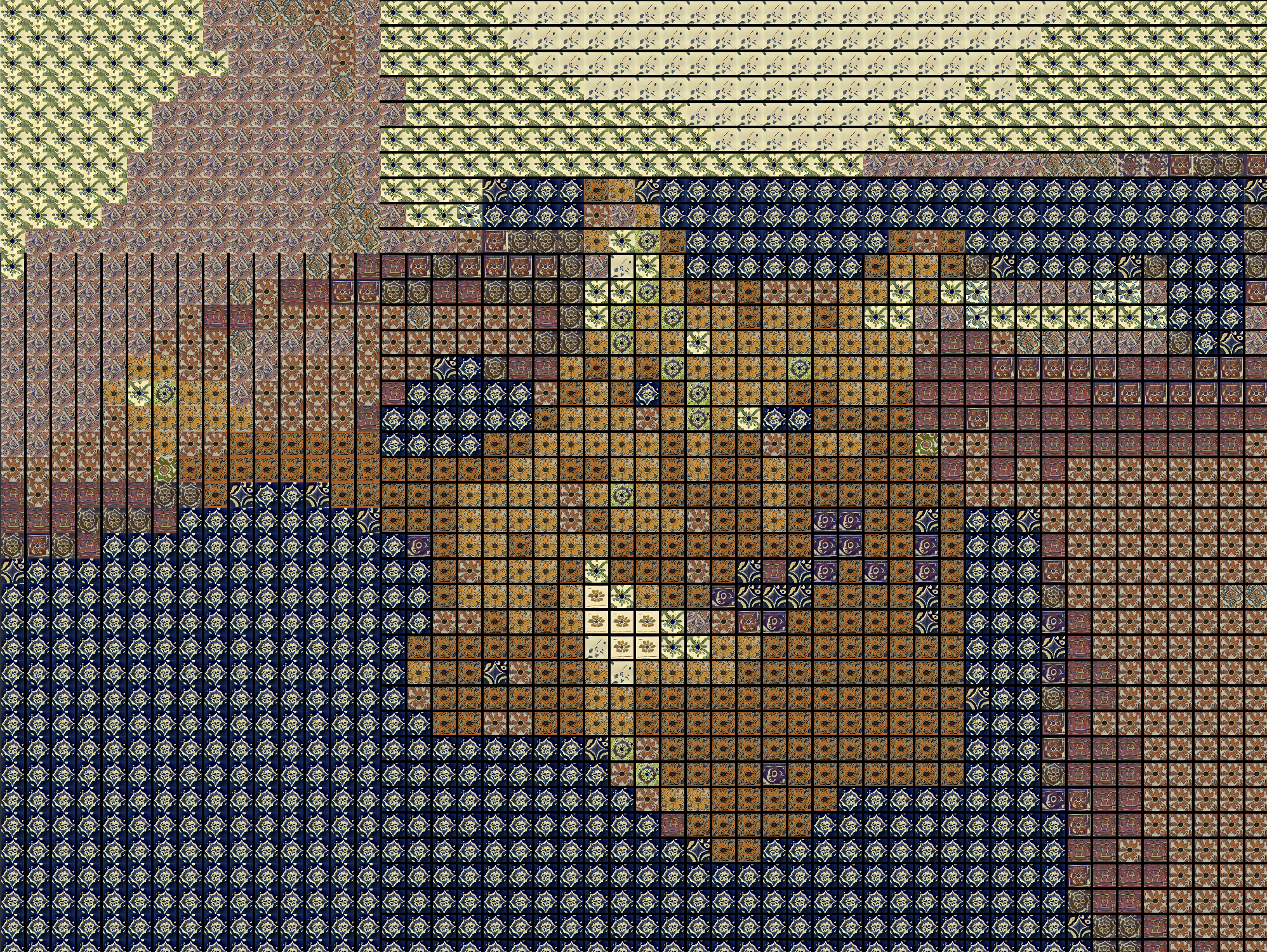Tile ID
October 2020
Color averaging, openframeworks, ML.js, p5.js
Web, interactive, creative coding
Inspired by Jason Salavon’s work with pixels, introduced to me during SFPC’s course Recreating The Past with Zach Lieberman.
See TileGAN for more information about the ML training process and generated results!
Try it out ︎
https://tile-id.herokuapp.com
![]()
October 2020
Color averaging, openframeworks, ML.js, p5.js
Web, interactive, creative coding
Inspired by Jason Salavon’s work with pixels, introduced to me during SFPC’s course Recreating The Past with Zach Lieberman.
See TileGAN for more information about the ML training process and generated results!
Try it out ︎
https://tile-id.herokuapp.com
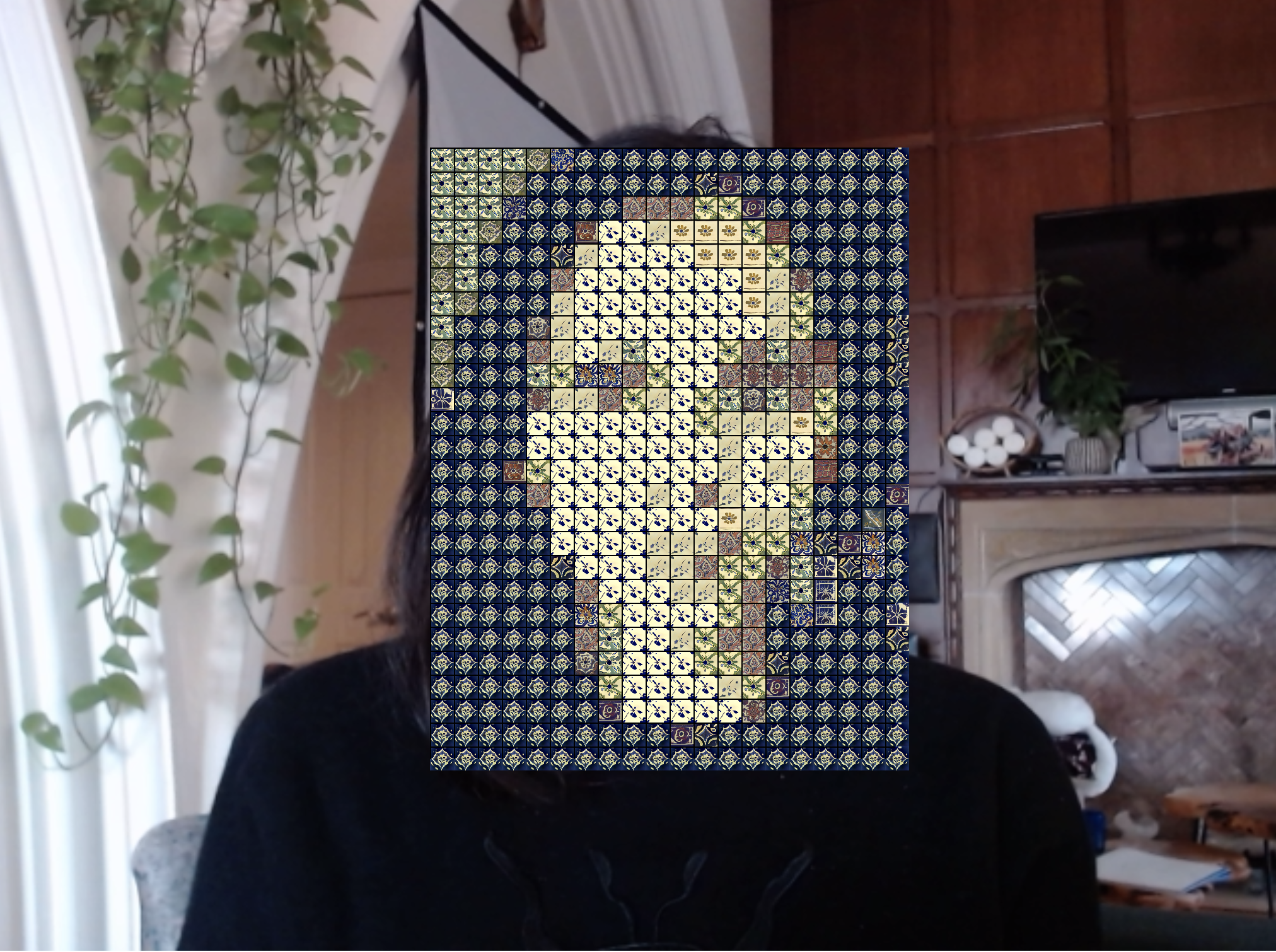
Tile ID turns an image, a camera feed, and a person’s face into a mosaic of machine learning generated tiles.
Tessellated on walls and floors of residential and public buildings, tiles are cultural artifacts reflecting centuries of civilization, telling stories of economical trades, cultural exchanges, and the history of colonizations. We think of encaustic tiles in Vietnam, brought for production during the French colonization era in the 1850s, the ceramic talavera tiles of Mexico tracing back to Spanish colonization in the 16th century. The tiles are created far apart both in time and space, yet we can find similarities between them.
How does one identify a tile? Is it based on where it was made? Originally invented? Does it bear the maker’s nationality? The cultural heritage that tile inherited?
How does one identify a person?
Through the mosaic portrayal of the participant from ML generated tiles, I hope to move beyond labelling a person based on origin of birth or appearance, and show the multi-layered factors that make us who we are.
Tessellated on walls and floors of residential and public buildings, tiles are cultural artifacts reflecting centuries of civilization, telling stories of economical trades, cultural exchanges, and the history of colonizations. We think of encaustic tiles in Vietnam, brought for production during the French colonization era in the 1850s, the ceramic talavera tiles of Mexico tracing back to Spanish colonization in the 16th century. The tiles are created far apart both in time and space, yet we can find similarities between them.
How does one identify a tile? Is it based on where it was made? Originally invented? Does it bear the maker’s nationality? The cultural heritage that tile inherited?
How does one identify a person?
Through the mosaic portrayal of the participant from ML generated tiles, I hope to move beyond labelling a person based on origin of birth or appearance, and show the multi-layered factors that make us who we are.
Face ID
Frida Kahlo
Mexico talavera ceramic tiles
Mexico talavera ceramic tiles
I really enjoyed playing with the resolution to see when the images became too abstract to recognize. When zoomed out, I could see the tile details more clearly, but the sketch lost the definition of the source. When zoomed in, the tiles turned into simply colored pixels and lost the details. It was fun finding the balance of abstraction in each sketch!

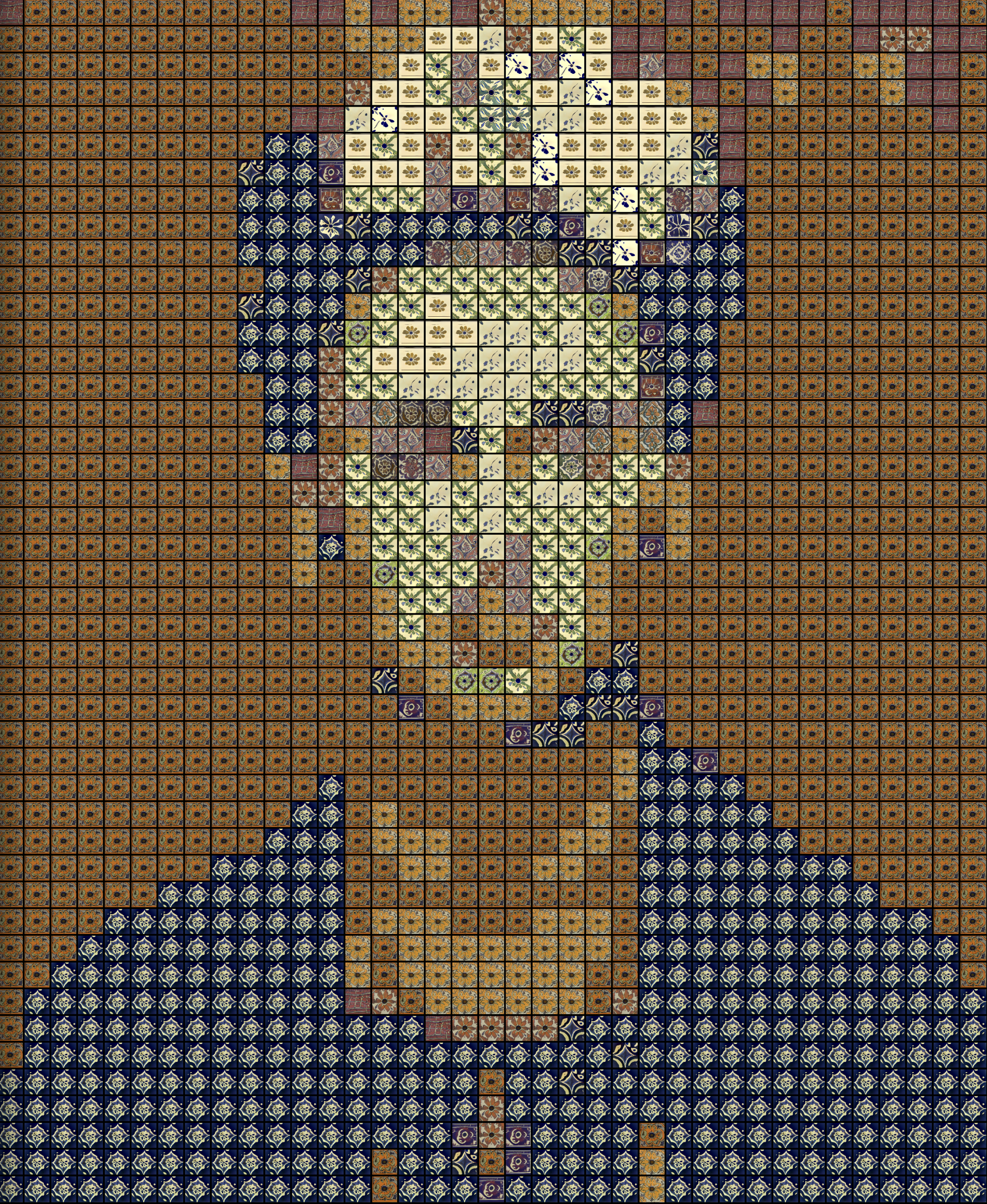
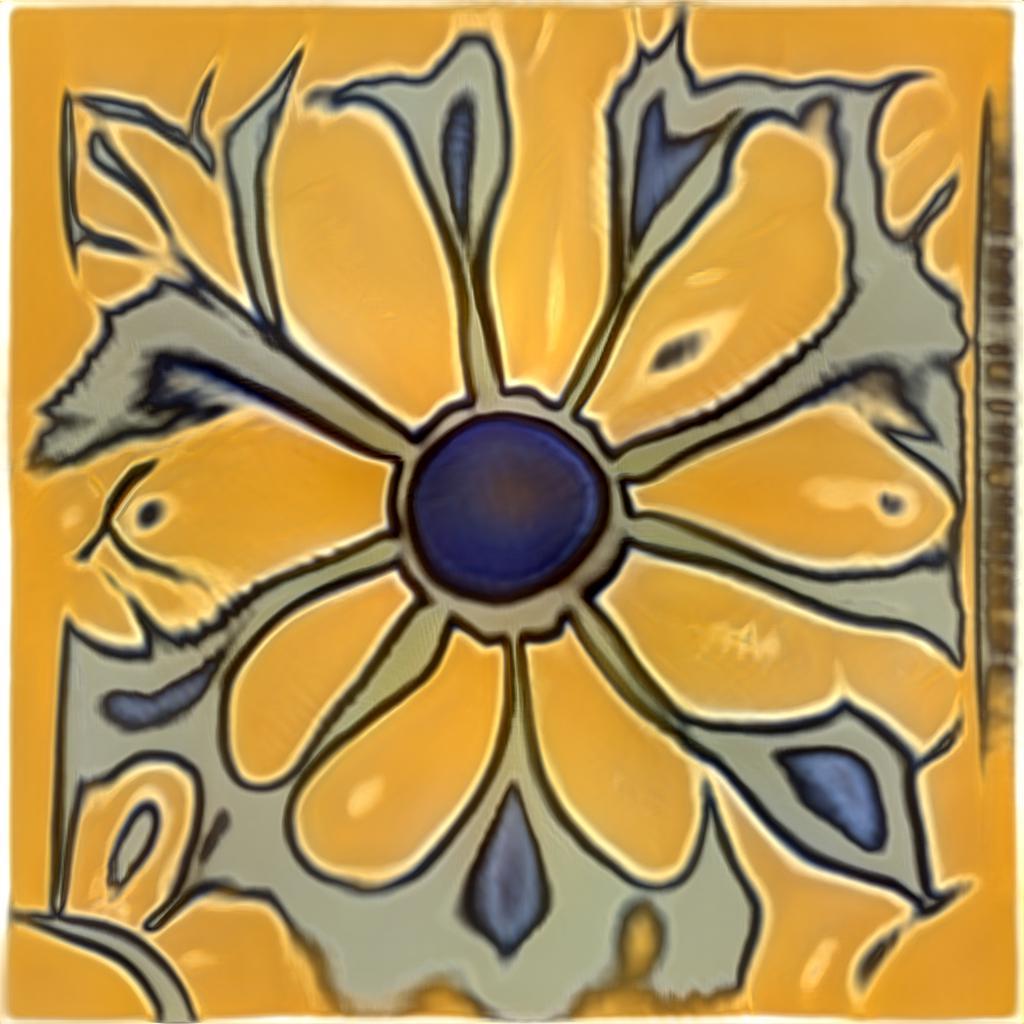



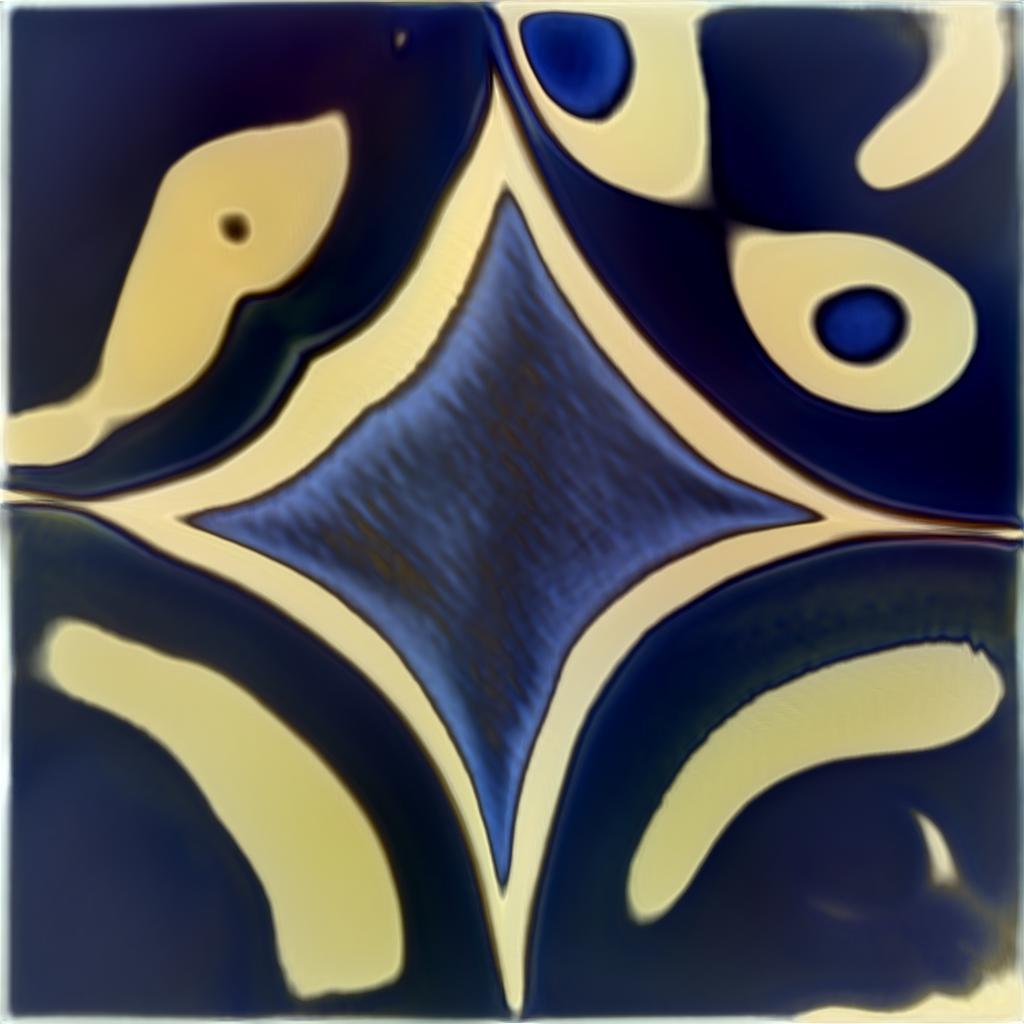
Parto da viola Bom Ménage, 1916 - Amadeo de Souza-Cardoso
Portugal ceramic azulejos

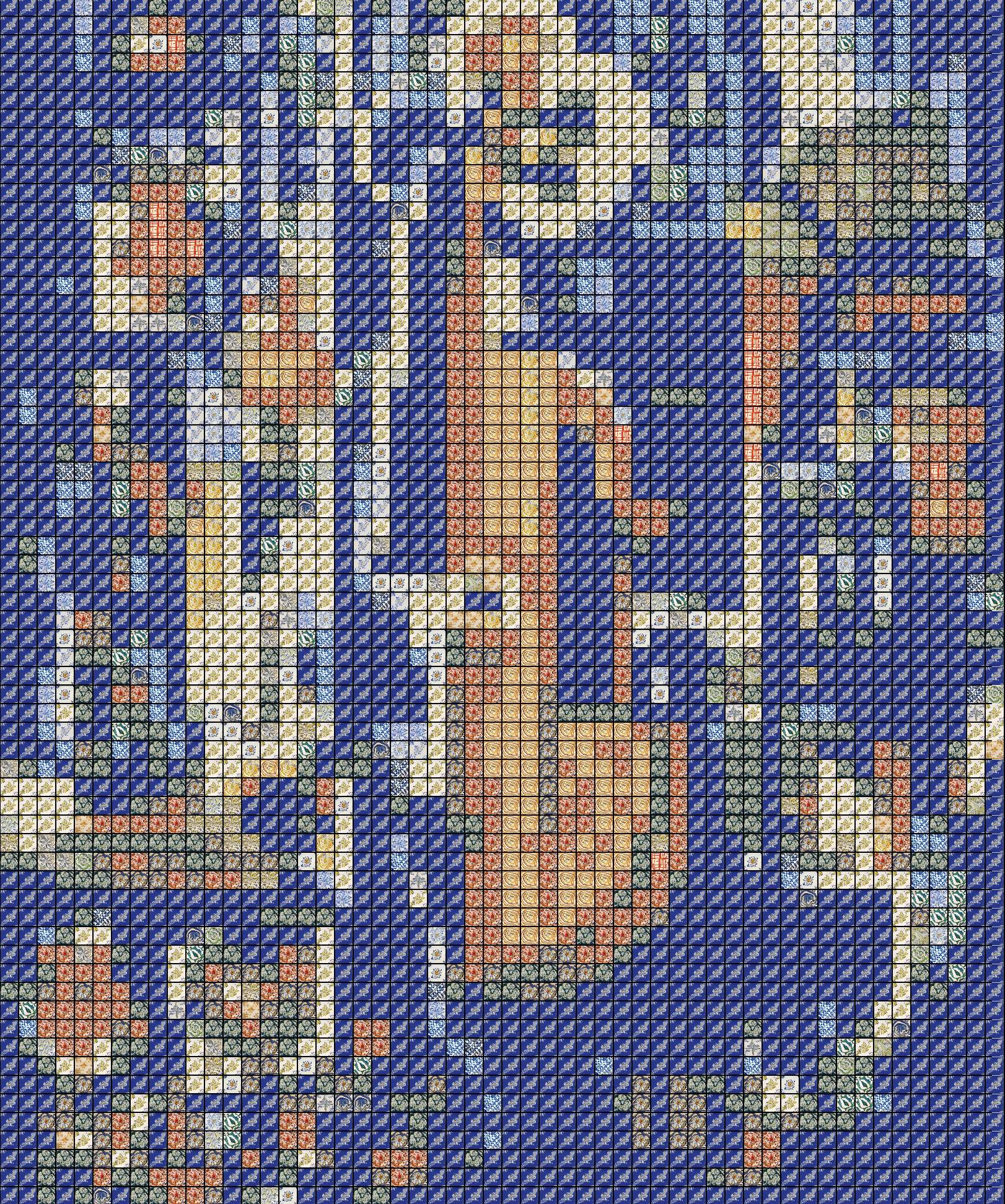


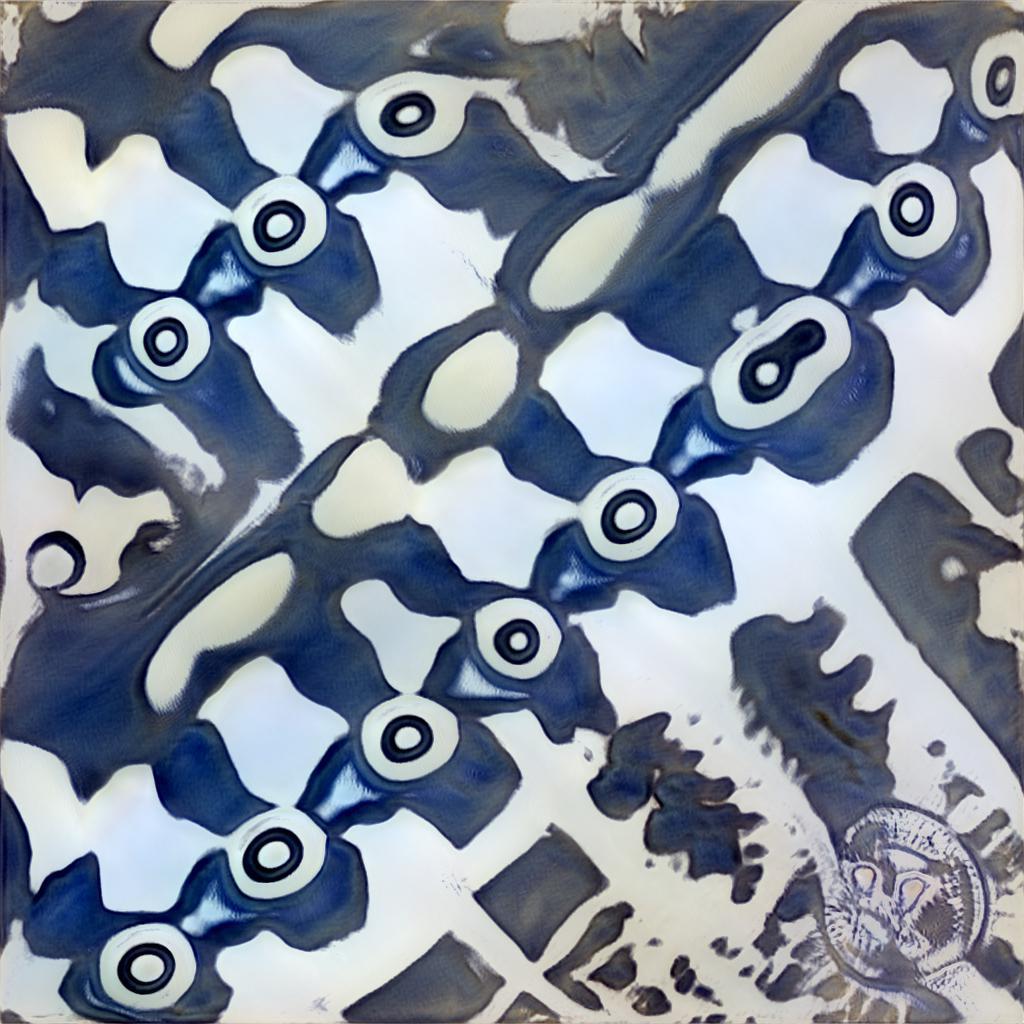

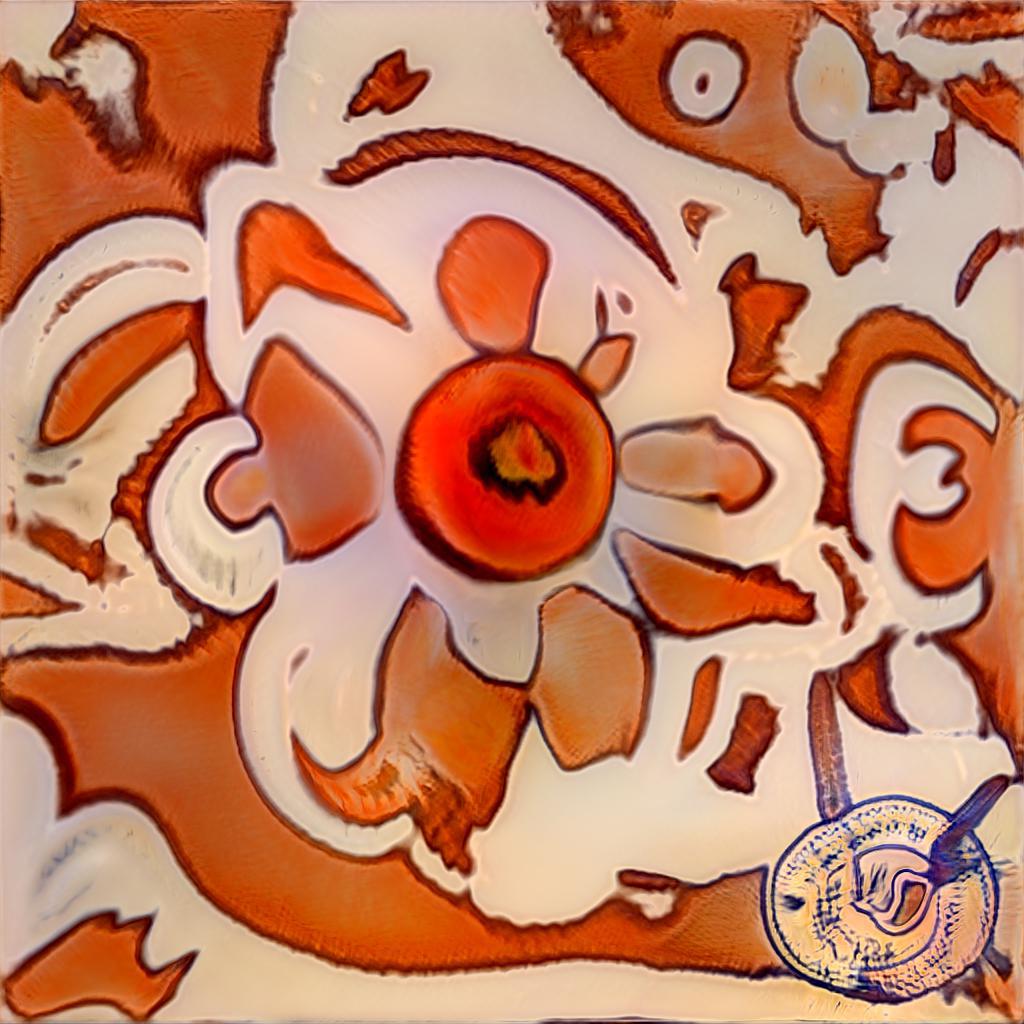
Nugget the cat
